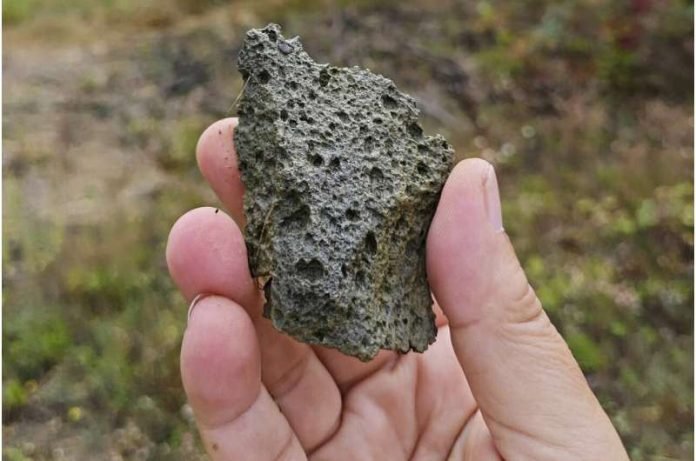
Researchers have made an exciting discovery in western Ukraine that could change how we understand early human history in Europe.
In the 1970s, archaeologists dug up some ancient stone tools at a quarry in Korolevo, but only recently have new dating techniques revealed their true age.
These tools, crafted from volcanic rock, could be over 1 million years old, making them potentially the oldest evidence of human presence in Europe.
The team, including geophysicist Mads Faurschou Knudsen from Aarhus University in Denmark and archaeologist Roman Garba from the Czech Academy of Sciences, used modern methods to determine the age of the sedimentary rock layers surrounding the tools.
Their findings suggest these artifacts could date back to a time before known history in this part of the world.
It’s a bit of a mystery who made these tools. The researchers think it might have been Homo erectus, known as the first of our ancestors to stand upright consistently and to figure out how to use fire. Unfortunately, without any fossil remains found alongside the tools, it’s hard to say for sure.
The tools themselves were probably used for processing meat and working with animal hides. The craftsmanship indicates a significant level of skill and understanding of materials, pointing to a sophisticated level of early human knowledge and ability.
The debate about exactly how old these tools are continues among experts. Some suggest they might be as old as 1.4 million years, while others believe they’re just over 1 million years old, based on the dating methods used.
This puts them in the same age range as ancient tools found in Spain, but the ones from Ukraine stand out because of their northern location.
Rick Potts from the Smithsonian Institution’s Human Origins Program emphasizes the significance of this find.
Stone tools dating back to 2.8 million years have been discovered in eastern Africa, but the Ukrainian site marks the earliest evidence of such tools being used so far north in Europe.
This suggests that early humans, armed with stone tool technology, were highly adaptable and capable of surviving in a wide range of environments, from the warm regions of Spain to the colder climates of Ukraine.
This discovery not only sheds light on the technological abilities of early humans but also illustrates their remarkable adaptability and the vast distances they traveled.
The ancient tools from Korolevo offer a fascinating glimpse into the lives of early humans in Europe and their journey out of Africa, revealing the broad scope of our ancestors’ migration and settlement across the globe.
The research findings can be found in Nature.



